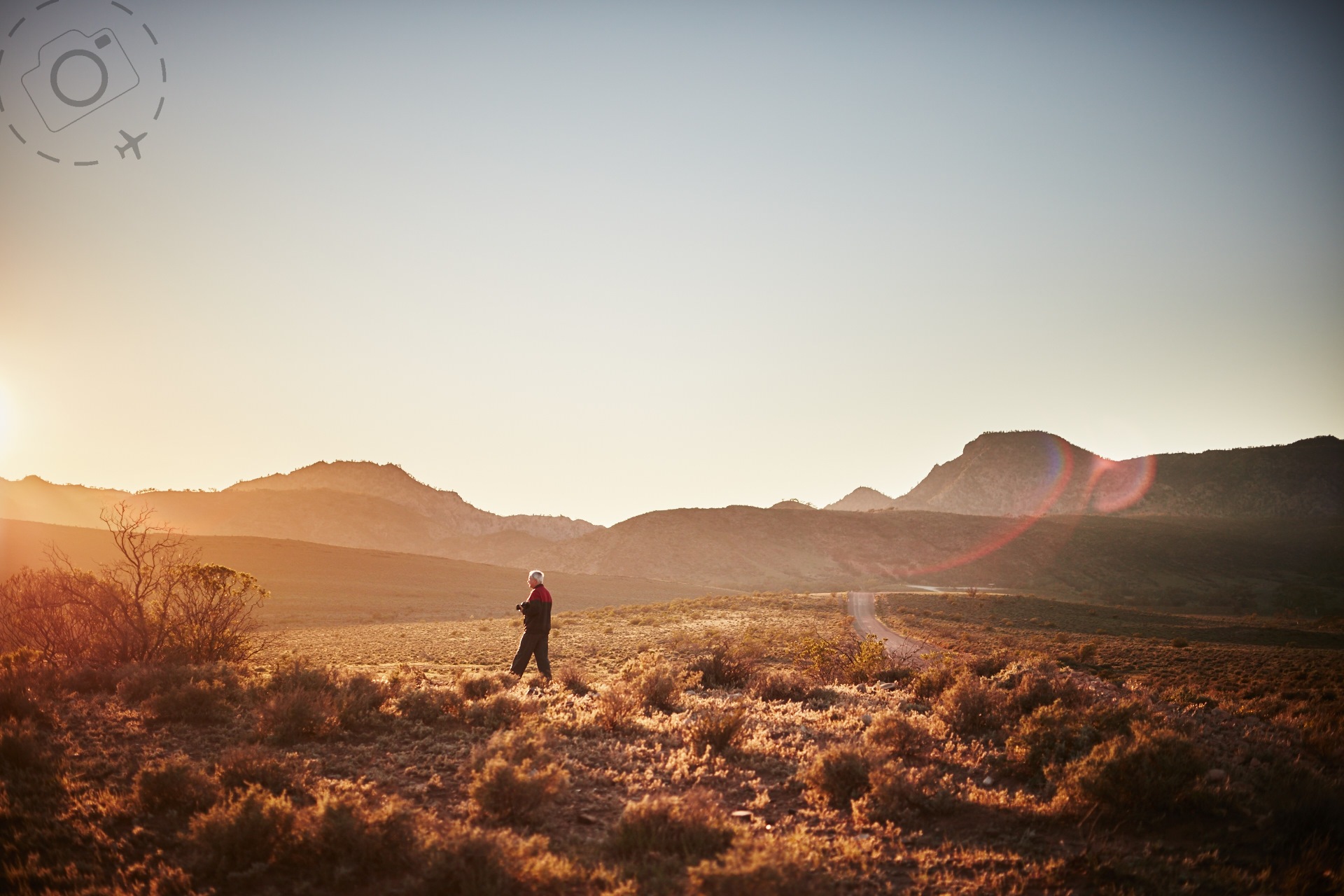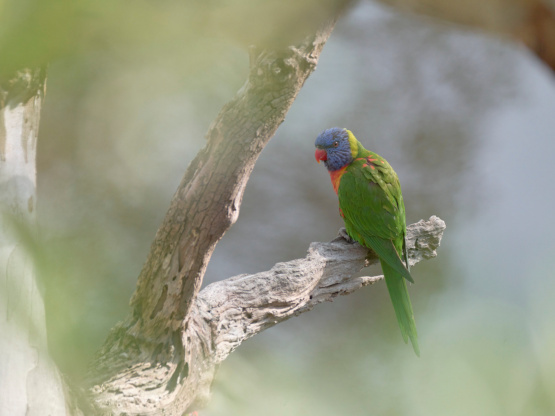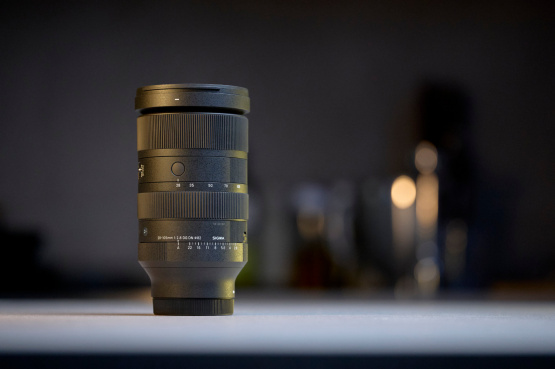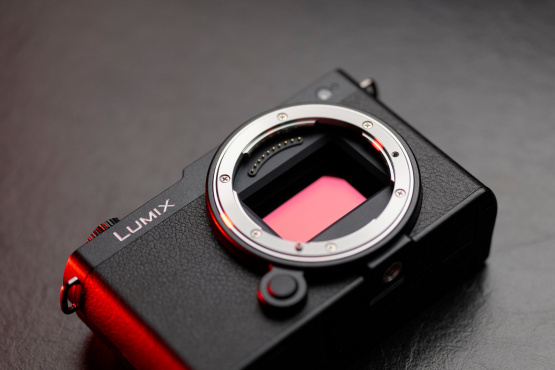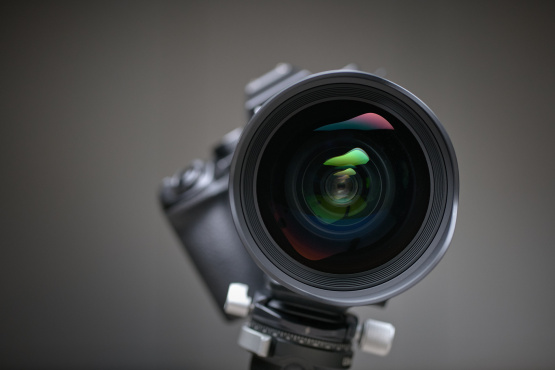You need a good reason to avoid the Lowe Pro range of camera bags. Saving money isn't a good reason. Why go cheap on the bag that will protect thousands of dollars worth of gear? Your bag is your best friend when you travel.
Trying to pick and chose equipment for a day of exploration is not a good idea. Trimming down your kit to leave behind spare batteries, a filter, or the heavy lens might seem like a good way to reduce weight - but you're either there to get photos or you're not. I have one kit for a trip, it doesn't change.
Companions on my travels often ask me, "What lens should I bring today?" I tell them to bring all of them.
Two bags are in my collection, one I've had for nearly a decade and the other I've adopted within the last 12 months. The old faithful is the Mini Trekker. I switched to the AW (All Weather) version which has a rain jacket that folds out of the bottom. The bag holds two cameras, an extra big lens and loads of accessories. It's the biggest bag I'd want - any bigger and the weight is silly. Inside the bag you can shuffle compartment slots, tuck away valuable bits into dry pockets and there's enough padding to keep the cameras safe from serious impacts.
The new kid on the block is the Flipside 300. It's trim, taught and terribly practical. The storage opens from the back, so you're protected from quick hands while the bag is on your back. It uses the internal space well, avoiding unnecessary curves. Crumpler have similar concepts but you lose too much space for the sake of style. The Flipside is big enough for one camera, a big lens and two more smaller ones. The extra storage inside is smartly arrange to make room for other essentials.
You don't have a slot for laptops, but my ultra-portable manages to fit across the storage area nicely. A regular laptop will not, so you either go back to the Mini Trekker or try the bigger Flipside 400. I've not seen that model up close, but the Flipside 300 is my pick because it's the right size. I can fit a full-body professional camera body (Canon 1Ds, Nikon D3) into the kit and close it without a stretch.
This slimmer model means I can't go crazy with my kit. That's a conscious choice to travel light. It's easy to get carried away and lug around too much gear on a trip, making you reticent to go out and shoot or tempted to leave bits behind. I can leave the spare camera in my luggage (it's for emergencies anyway) and if I need a wildlife lens for just one or two days of a tour then I can leave that in my luggage too. In other words, you can manage. The Flipside also has an external pouch that expands to carry a water bottle. That feature makes it perfect.
Security is not the only reason the reverse access zip is a great idea. It works a treat in the field when you want to put the bag down and play with your stuff. The external surface of the bag sits on the ground, leaving the zip and contents clear of dirt and dust. Your shirt stays clean, but more importantly so does the gear inside the bag.

Keep Reading
Join Ewen's newsletter for monthly updates on new photography articles and tour offers...Subscribe Here

